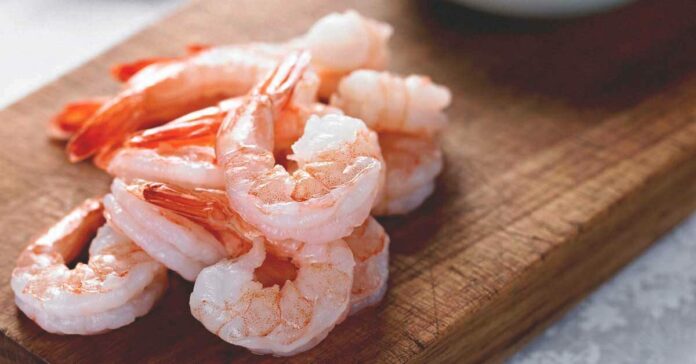Did pandemic disrupt another industry? Yes, India’s seafood exports have slipped by almost 11%. The pandemic shackled the industry in volume and value in FY21 because the production and supply in crucial markets were stopped.
The export dropped by 10.81%, which is a whopping $5.96 billion – this is a three-year low. It was back in 2017-2018 that the industry witnessed a high of over $7 billion. The drop is limited to 6.31%, which is Rs 43,717 crores, in rupee terms.
The volume fell by 10.88%, which is more than a million tonnes from last year, with the best-selling item, frozen shrimp, recording a 9.5% drop at 590,275 tonnes. These statistics are according to the data released by the Marine Products Export Development Authority (MPEDA).
KS Srinivas, MPEDA chairman, said that during the former half of the year, the pandemic struck the seafood exports hard. However, it recovered in the final quarter of 2020-21. In addition to this, the aquaculture sector was successful amid this fiscal, providing almost 68% of exported products in dollar terms and more than 46% in quantity.
Ecuador overtook India as the top shrimp supplier in the world. Ecuador exported more than 670,000 tonnes in 2020. As per the reports by Dr. Yahira Piedrahita, ED of National Chamber of Aquaculture, Ecuador, the volume of export has shot up 18 times since the past 20 years.
USA (41%), China (15%), and the European Union (13%) were the leading importers. Talking about China, the Times of India reported that China is straining Indian seafood exports by halting supply from a plethora of Indian export organizations due to allegedly identified dead coronavirus cells on the packages of seafood imported from the country.
Because of this, frozen seafood exporters from Gujarat have begun seeking greener pastures.
Jagdish Fofandi, president of Seafood Exporters Association of India (SEAI), said they could discover new markets by adding value. However, 35% of their catch is ribbon and croaker fish, and there is no secondary market other than China for these items. He adds that in other countries, these items collect 50% of what China pays them.
Ketan Suyani, president of SEAI, Gujurat region, said that, it is time to deviate into newer markets. That requires value addition. There is seafood in abundance, and sitting idle, waiting for a solution of opinion differences with China is not an option.
The seafood exports from Gujarat to China have plummeted to 60%. At the moment, 70 Indian exporting companies are conflicting with suspension by China.
Follow and connect with us on Facebook, LinkedIn & Twitter

